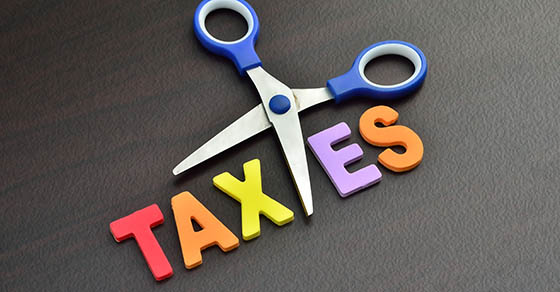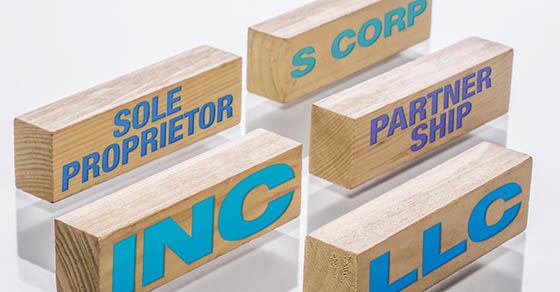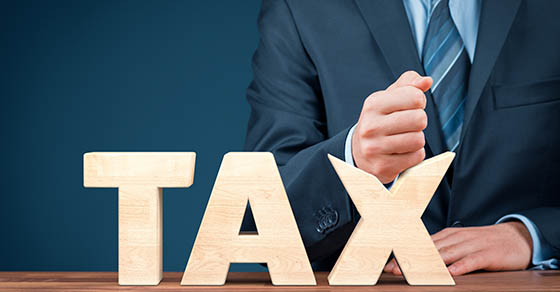Operating your small business as a Qualified Small Business Corporation (QSBC) could be a tax-wise idea.
Tax-free treatment for eligible stock gains
QSBCs are the same as garden-variety C corporations for tax and legal purposes — except QSBC shareholders are potentially eligible to exclude from federal income tax 100% of their stock sale gains. That translates into a 0% federal income tax rate on QSBC stock sale profits! However, you must meet several requirements set forth in Section 1202 of the Internal Revenue Code, and not all shares meet the tax-law description of QSBC stock. Finally, there are limitations on the amount of QSBC stock sale gain that you can exclude in any one tax year (but they’re unlikely to apply).
Stock acquisition date is key
The 100% federal income tax gain exclusion is only available for sales of QSBC shares that were acquired on or after September 28, 2010.
If you currently operate as a sole proprietorship, single-member LLC treated as a sole proprietorship, partnership or multi-member LLC treated as a partnership, you’ll have to incorporate the business and issue yourself shares to attain QSBC status.
Important: The act of incorporating a business shouldn’t be taken lightly. We can help you evaluate the pros and cons of taking this step.
Here are some more rules and requirements:
- Eligibility. The gain exclusion break isn’t available for QSBC shares owned by another C corporation. However, QSBC shares held by individuals, LLCs, partnerships, and S corporations are potentially eligible.
- Holding period. To be eligible for the 100% stock sale gain exclusion deal, you must hold your QSBC shares for over five years. For shares that haven’t yet been issued, the 100% gain exclusion break will only be available for sales that occur sometime in 2029 or beyond.
- Acquisition of shares. You must acquire the shares after August 10, 1993, and they generally must be acquired upon original issuance by the corporation or by gift or inheritance.
- Businesses that aren’t eligible. The corporation must actively conduct a qualified business. Qualified businesses don’t include those rendering services in the fields of health; law; engineering; architecture; accounting; actuarial science; performing arts; consulting; athletics; financial services; brokerage services; businesses where the principal asset is the reputation or skill of employees; banking; insurance; leasing; financing; investing; farming; production or extraction of oil, natural gas, or other minerals for which percentage depletion deductions are allowed; or the operation of a hotel, motel, restaurant, or similar business.
- Asset limits. The corporation’s gross assets can’t exceed $50 million immediately after your shares are issued. If after the stock is issued, the corporation grows and exceeds the $50 million threshold, it won’t lose its QSBC status for that reason.
2017 law sweetened the deal
The Tax Cuts and Jobs Act made a flat 21% corporate federal income tax rate permanent, assuming no backtracking by Congress. So, if you own shares in a profitable QSBC and you eventually sell them when you’re eligible for the 100% gain exclusion break, the 21% corporate rate could be all the income tax that’s ever owed to Uncle Sam.
Tax incentives drive the decision
Before concluding that you can operate your business as a QSBC, consult with us. We’ve summarized the most important eligibility rules here, but there are more. The 100% federal income tax stock sale gain exclusion break and the flat 21% corporate federal income tax rate are two strong incentives for eligible small businesses to operate as QSBCs.











